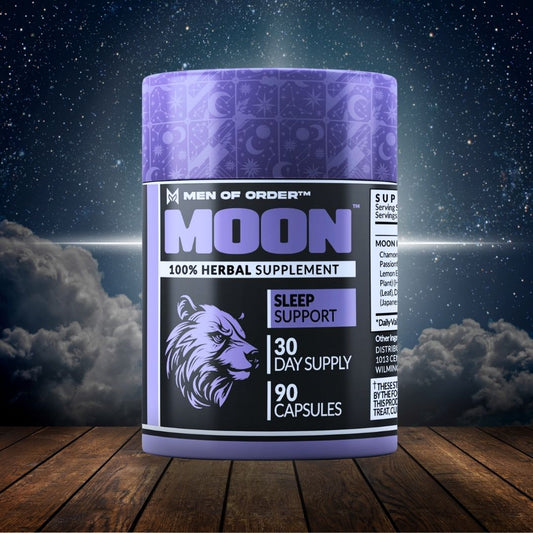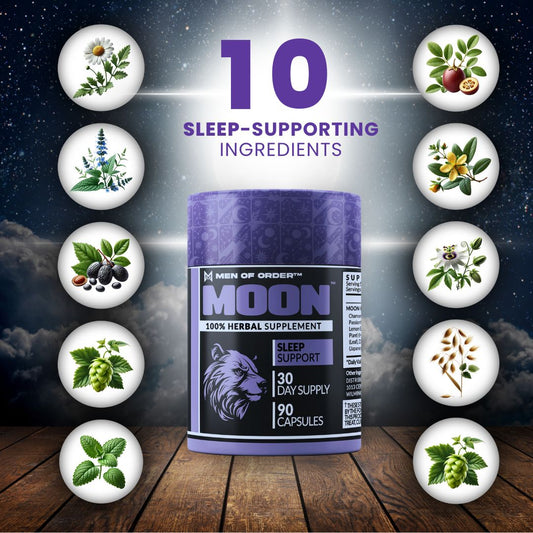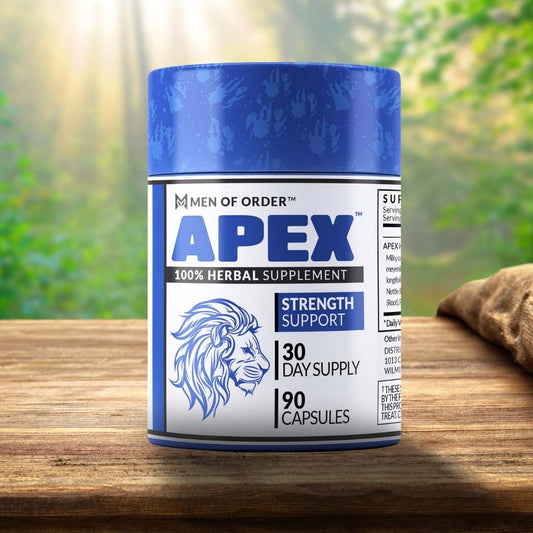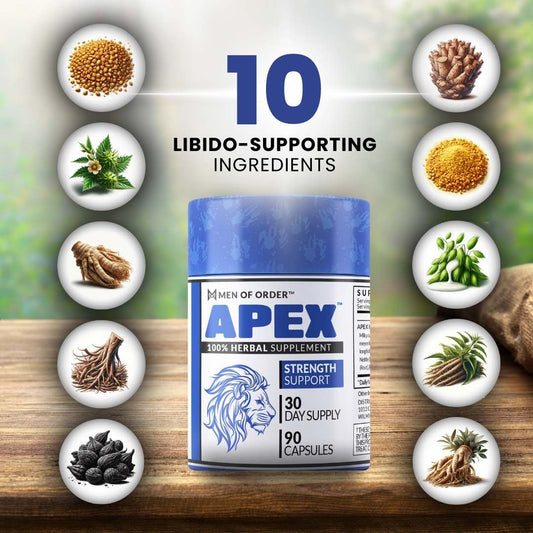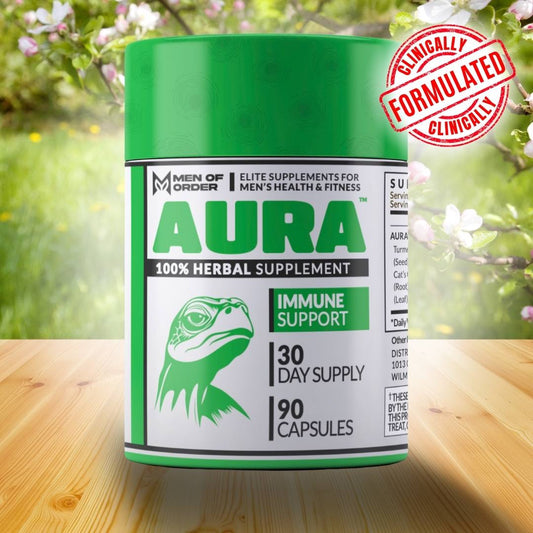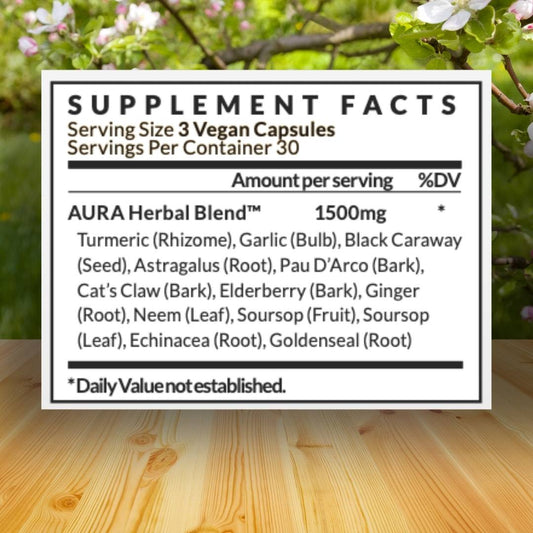Written by The Strong Dad
Best Methods for Bulking, Cutting, and Maintaining Your Physique
Let's start with why any of this should matter to you. Why is it important to know the differences in the three?
To put it simply, "The inability to define what you do, regarding anything in life, will result in the eventual failure of that thing."
When it comes to fitness you should live by this if you want legit lasting results. With this in mind let us outline this discussion.
Our Goals
- Define Bulking, Cutting, and Maintaining.
- Learn how to determine which one you should do and when
- Provide the 3 best methods for how to do each and for how long.
- Discuss Recomping/Main-Gaining and why these are dead methods for good results. (If you are Clinically Obese and or a complete newcomer to training go to this discussion as it pertains to you specifically.)
Definitions
Bulking:
The deliberate act of gaining weight by eating in a caloric surplus.
The goal is that this weight is primarily muscle mass, although fat mass will be accumulated during this time period.
When people hear bulking, they automatically think of aggressive bulking habits, such as eating lots of fast food, sweets and junk food.
However, this is not what healthy bulking is and it should not be defined by those who do it in the worst way.
Cutting:
The deliberate act of losing weight by eating in a caloric deficit. In this circumstance, fat mass is typically all that is lost.
If you are someone who attempts to cut aggressively, and does not practice good diet or training habits, this could result in losing some muscle mass.
Maintaining:
The deliberate act of maintaining the same body weight and composition for a determined amount of time.
Maintaining or Maintenance is not the same as “Recomposition” or “Main- gaining", which we will discuss at the very end of the article.
Common reasons you want to be in one of these categories:
- Improve your body composition
- Improve Athletic or Lifestyle performance
- Improve health markers associated with longevity
Which one should you do and when?
Regardless of what you do make sure you're always exercising, PREFERABLY WITH MODERATE TO HEAVY WEIGHTS, as frequently as you can.
Never half ass anything especially your training.
We will exclude the athletic examples on the basis that if you are an athlete, these are terminologies you already well understand.
Bulking:
You may be trying to get stronger, more powerful, increase your muscle mass, or overall body size. If this is the case you should be bulking.
The health benefits of bulking could also apply to gaining fat mass. Some people are insufficient in not only muscle mass but body fat, which is a detriment to healthy testosterone levels and living a longer life.
In general 15% to 20% tends to be the healthy body fat range for most men.
The best time to do so is going to be the fall and winter time when your shirt is on and the beach body doesn't matter. This also is a perfect time to work on your relationship with food as you will be practicing a lot of discipline as to not overeat.
Cutting:
If you are carrying too much body fat, or perhaps you're skinny fat, you should cut first.
You cannot accurately gauge how well you are training or if you are gaining any positive muscle mass if you are too fat to see any of it.
Definition can only be seen at certain body fat percentages and this does not require you to drop to the lowest.
You simply want to have a low enough body fat that your body has a healthy hormone level, your testosterone levels are balanced and you are able to eyeball your body composition and measure growth.
The best time to start cutting is going to be at the very end of the winter and during the spring.
Maintaining:
If you are at your desired body composition or on your way to it, the ultimate goal for you may possibly be to maintain what you have worked hard for.
Maintaining body mass is easy and not as time consuming as cutting or bulking. The major benefit being your body eventually finds its regulation point where hunger cues are closer associated to behaviors and not dictated by a caloric deficit or surplus.
The best time for maintenance is during the summer.
Who wants to be bogged down with diet specifics?
You want to eat your food and enjoy your sunlight. If you did the work and you have a decent looking physique you can show it off and leisurely measure your progress before the bulking season commences.
3 Best Methods for How To and How Long
There's so much information on this topic. I find it best to bring you the three best methods you would use for bulking, cutting, and maintaining.
Also how long you should be doing each one specifically. In some cases the answer will be, How long CAN you do each one.
**NOTE**
If you are taking this seriously, you are learning how to track your macros. This can be a really hard thing to do for the average person, so my prime suggestion is to download a food tracking app. The free versions of these apps are more than suitable for the majority of people.
We will continue with the best 3 methods, under the assumption that you are tracking your Macronutrients.
For best accuracy a $20 food scale is the perfect complement.
Over time you will become adept at measuring food weights with just your hands and eyes.
Eventually, from memory, you will know the calories, protein, carbs, etc. that are in the foods you typically eat.
Because maintenance is essentially your baseline, we are going to start there.
Maintenance:
- Eat the same food schedule for a month. Three weeks at the least. The entire time recording what you eat in the Food app. For most people 2300 calories is a good place to start.
- Weigh yourself in the morning, three times a week then calculate your average weight each week.
- Manipulate your food intake so that your body weight stays within 5 lbs above or below the average throughout the month. If you do this properly, you will know how few calories you can consume and how many you can consume in any given week and not go over these baselines.
DURATION: You can stay at Maintenance for most of your life given you're eating healthy and training.
Bulking:
- Starting from baseline; increase your calories by 200g. Weigh yourself three times each week. The goal is to gain about a pound-pound and a half every two weeks. So only increase your calories in two week increments until the scale is moving at this rate.
-
You cannot reverse aggressive bulking mistakes so it's best to move slowly. Also nothing over 500 calories. Do not jump straight into the highest surplus, assuming you will put on the quickest amount of body mass; It will result in primarily fat gain.
- Everybody's diet is different and there is no one blueprint. The only thing that can be definitively said about proper bulks is that eating whole food ingredients over processed ingredients and eliminating junk food as much as you can will result in the most successful bulk.
There are genetic exceptions, people who can eat pizzas and hot dogs and look amazing while gaining weight. This is not you. This is not most people, and this is why many are obese or are afraid to bulk.
Remember whole food ingredients. Treat yourself as if you are living on a farm. Eat hearty meals that are nutrient dense.
DURATION: There are people who've been bulking for a very long time. If you are not necessarily tied to the aesthetic look, but more gaining muscle mass and strength, my suggestion is Bulk year round with 2 month mini cuts.
Otherwise its best to bulk In the winter, cut in the spring, bulk in the summer, and cut in the fall. Your physique will change dramatically each year until you start getting closer to your lifetime potential. Then your gains will slow down, obviously.
Cutting:
- Starting from the baseline, go into a 250 calorie deficit.
- Hydration, vitamins, sleep and whole food ingredients are the most important things to remember. All of your macronutrient baselines are low. Because of these factors, your testosterone is also going to decrease during this time. However, this is not cause for panic. One of the reasons Cutting is important is because it replaces unhealthy body mass with healthy body mass. Cutting is a natural part of this process.
-
Your body does adjust so at some point you will see A slower rate of weight Loss. It is OK to reduce your calories further. However, No one should be consuming unhealthy minimums. The least amount of calories we really should be seeing any person consume is about 1500 cals.
Even these are exceptions. Most people can achieve their goals by simply dropping down to 2000-1800 calories.
STILL, just because you can lose weight aggressively by cutting your calories to the minimum at the beginning doesn't mean you should. Many bad things can happen hormonally by cutting calories too fast and too low. Patience is more important.
Besides, although anecdotal, you can literally die from cutting too intensely. It is best to do a moderate weight loss which makes it easier to maintain muscle mass, as drastic caloric deficits can result in losing muscle mass, especially if taken too long.
DURATION: One should only cut until they reach their body composition goal, and no further. That's the time limit. Some people only have to cut for three months. Some people end up having to cut for more than a year.
Either way the time frame is typically measured by the person. If you have already achieved a body goal you want and you are in bulking and cutting phases, the most you should only have to cut for is about 3 months, maybe 4.
Recomping / Main-Gaining
I'm sure many of you have heard people say things like “Lose Fat and gain Muscle at the same time”. This concept is known as "body recomposition."
Another similar concept is ‘Main Gaining’ which refers to eating slightly above Maintenance calories to maintain the same body fat while putting on muscle mass slowly over a long period of time.
Technically both these concepts are better described by maintaining. The slight differences in them are the theologies behind them.
The concept that you can lose fat and gain muscle at the same time is a true concept, but it is primarily true for people who are obese or who are very new to the gym and training entirely.
The primary issue with the philosophy is that a person will put on their maximum amount of muscle mass over a period of time that would be measured twice as long as if they were to undertake bulking and cutting cycles.
Slow and steady does win the race, but this doesn't apply here. If you are 36 and you are taking the slow and steady approach to hopefully achieving your maximum lifetime gains, the race will be over before you reach those gains.
This conversation is completely different if we're talking to a teenager who could take this approach and potentially reach his lifetime gains before his 40s.
However, His counterparts who are bulking and cutting efficiently are going to not only put on their lifetime gains before him, they're going to be in the refinement process while he's still packing on the mature weight.
Intelligent bulking and cutting will put on muscle mass and cut body fat at a faster measurable rate, which will give you room for progress that you otherwise may miss out on.
The people who have taught you that main gaining works, are also people who have maxed their potential through steroids. Let's be honest. Naturals, especially elite naturals, are not telling you to eat at maintenance.
This doesn't just apply to how big you get, this also applies to how strong or powerful you wish to become.
The main gaining approach limits your capacity by limiting your body's fuel intake. To get stronger and more powerful your body needs fuel. It can't go without it.
FINAL THOUGHTS
There are some interesting studies on main gaining versus bulking and cutting. The studies present an argument that says you don't need to bulk or cut in order to get the same results.
These are, however, very anecdotal. Still, I would be shortchanging you if I did not tell you. There is still very much debate on this topic and we may see some interesting changes in the years to come.
If you are curious to know if you are a person who benefits from main gaining, the only way is to intelligently bulk and cut, record the info and balance it against the information gathered through a maintenance cycle.
It's easy to assume one is better than the other, but you should log your results for both cycles if you wish to be as accurate as possible. If you find all of this a headache, I simply suggest you don't main gain.
Condensing these terms and the processes behind them. Will always mean leaving out useful information. The main purpose is to provide you with the primary pieces.
There is never going to be a consensus on anything when it comes to fitness. There will always be contradictory research that presents itself.
Thus these topics will always remain hotly debated. What I want you to do is remove yourself from all of these debates.
Focus on your own journey. I will do my best to deliver to you what I think will help you discover your path. I will never tell you that the path you have chosen is wrong, I will only encourage you to take that path with educated steps.
As always, your feedback is greatly appreciated.
Stay happy. Stay healthy. Stay humble.
But most importantly…Stay HOTEP...Strong Dad Out!














